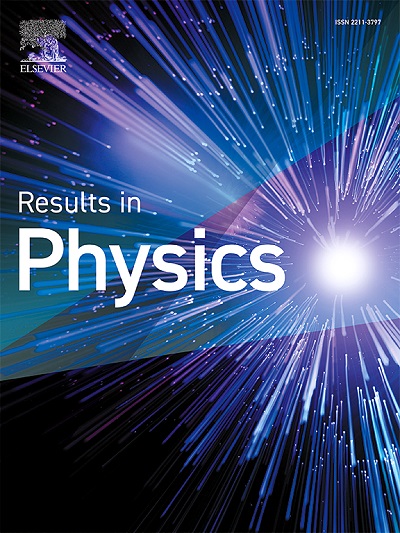Force fields for molecular dynamics simulations of charged dust particles with finite size in complex plasmas
IF 4.4
2区 物理与天体物理
Q2 MATERIALS SCIENCE, MULTIDISCIPLINARY
引用次数: 0
Abstract
To exclude collisions leading to the overlap of finite-sized charged particles in molecular dynamics (MD) simulations in systems like complex (dusty) plasmas, we developed a scheme to generate a pair interaction force functionally depending on the pair distribution of particles. This ensures that the pair distribution function drops to zero at distances between particles corresponding to the point where the surfaces of two particles come into contact. The presented model has a wide utility for the description of various processes in dusty plasmas. As an example, using the non-equilibrium MD method, we performed calculations of the shear viscosity and thermal conductivity of charged spherical particles interacting via screened Yukawa potential. The role of finite particle size was found to be particularly important for small values of the coupling parameter, i.e., for gas-like and weakly correlated liquid-like systems. Furthermore, we have analyzed the shear viscosity and thermal conductivity in the presence of an external uniform magnetic field.
求助全文
约1分钟内获得全文
求助全文
来源期刊

Results in Physics
MATERIALS SCIENCE, MULTIDISCIPLINARYPHYSIC-PHYSICS, MULTIDISCIPLINARY
CiteScore
8.70
自引率
9.40%
发文量
754
审稿时长
50 days
期刊介绍:
Results in Physics is an open access journal offering authors the opportunity to publish in all fundamental and interdisciplinary areas of physics, materials science, and applied physics. Papers of a theoretical, computational, and experimental nature are all welcome. Results in Physics accepts papers that are scientifically sound, technically correct and provide valuable new knowledge to the physics community. Topics such as three-dimensional flow and magnetohydrodynamics are not within the scope of Results in Physics.
Results in Physics welcomes three types of papers:
1. Full research papers
2. Microarticles: very short papers, no longer than two pages. They may consist of a single, but well-described piece of information, such as:
- Data and/or a plot plus a description
- Description of a new method or instrumentation
- Negative results
- Concept or design study
3. Letters to the Editor: Letters discussing a recent article published in Results in Physics are welcome. These are objective, constructive, or educational critiques of papers published in Results in Physics. Accepted letters will be sent to the author of the original paper for a response. Each letter and response is published together. Letters should be received within 8 weeks of the article''s publication. They should not exceed 750 words of text and 10 references.
 求助内容:
求助内容: 应助结果提醒方式:
应助结果提醒方式:


